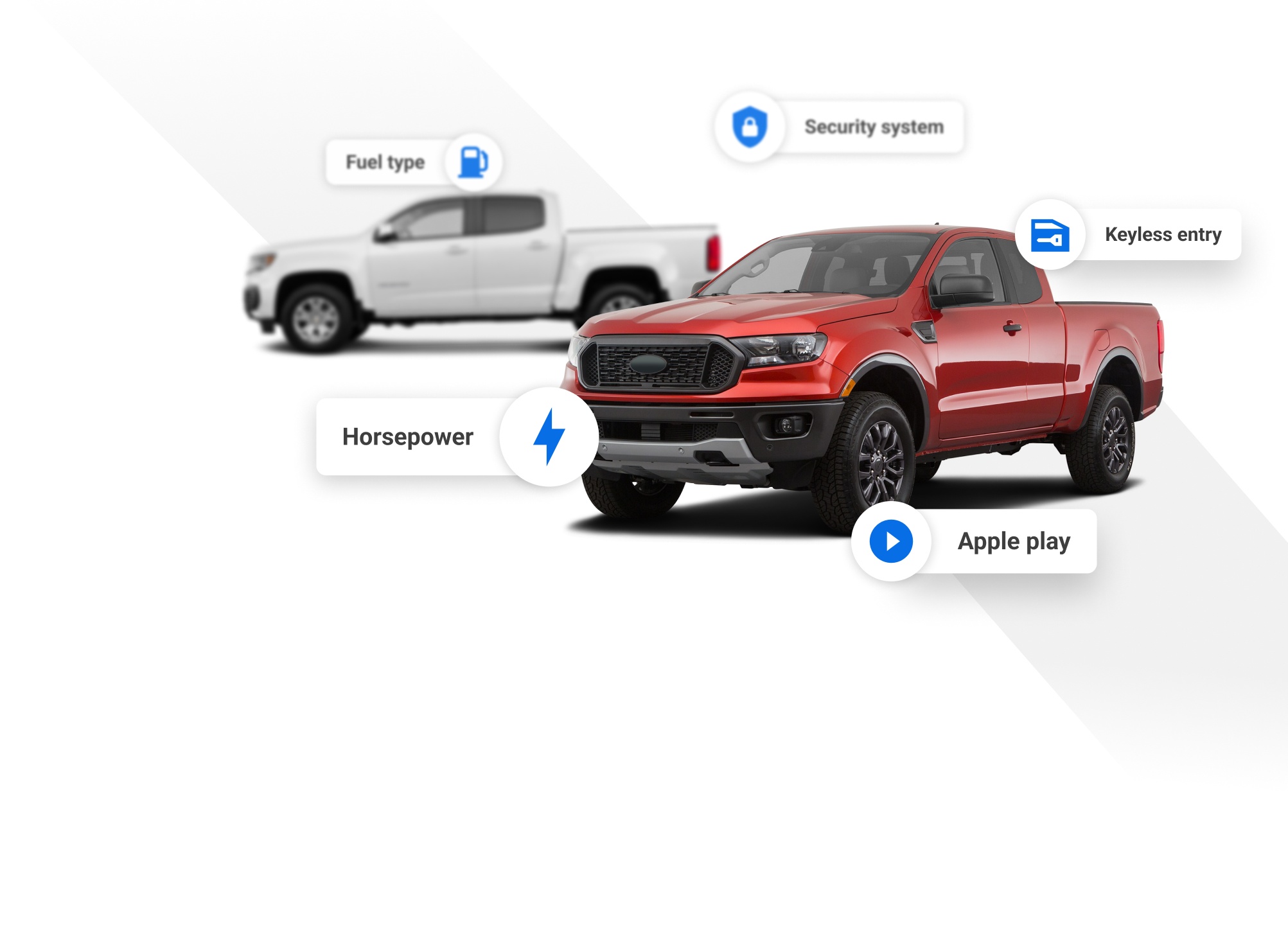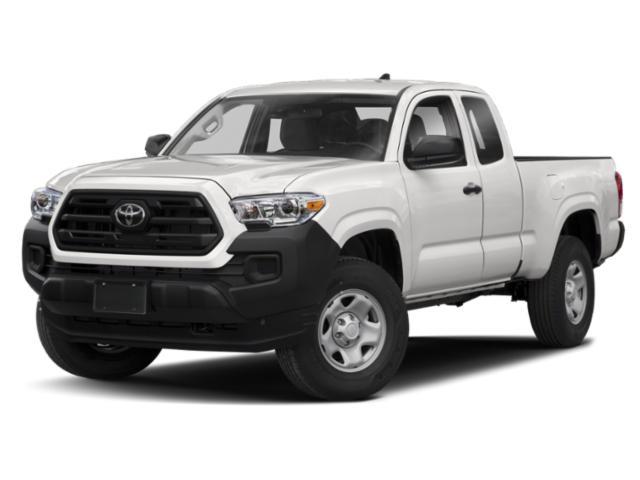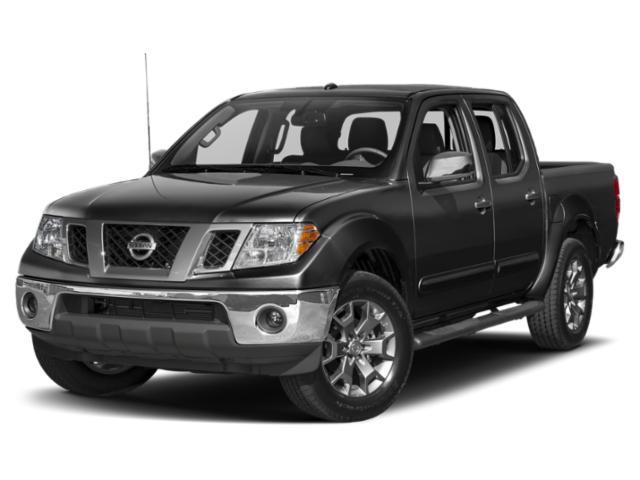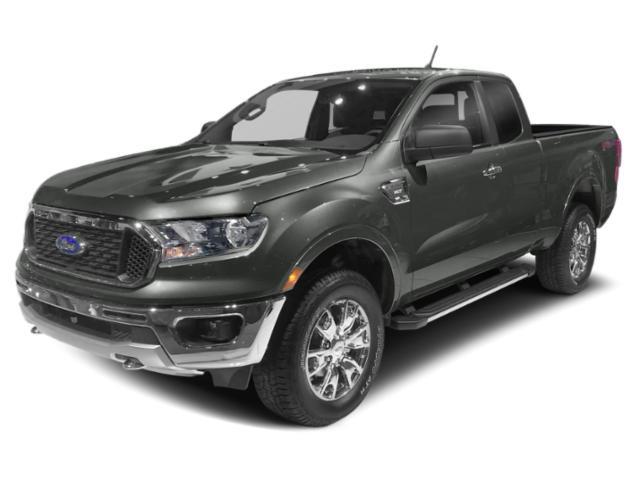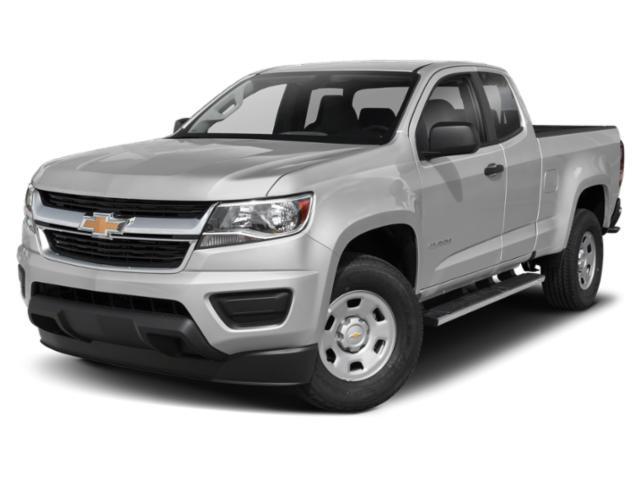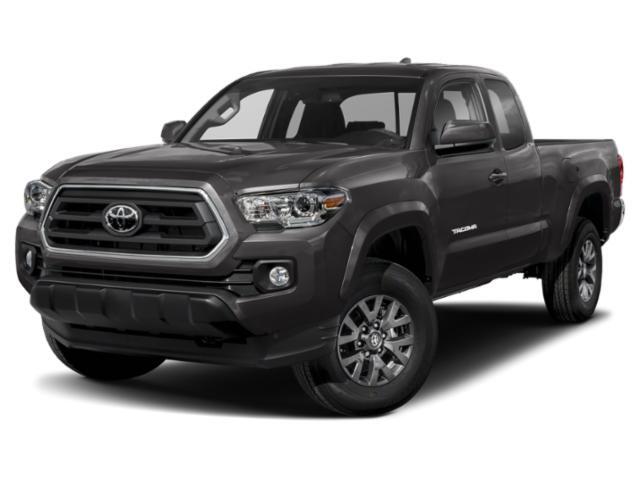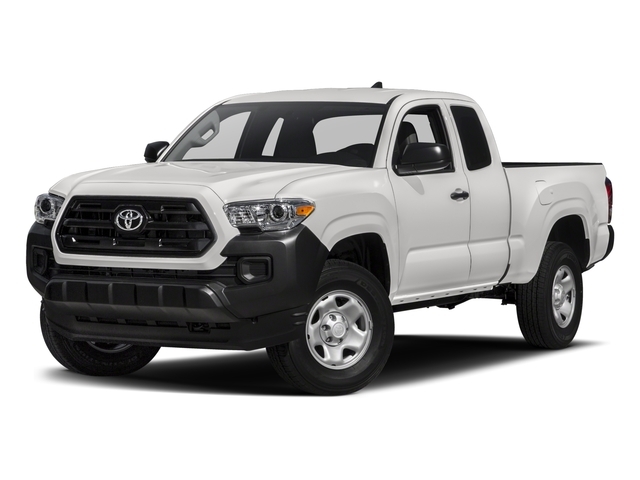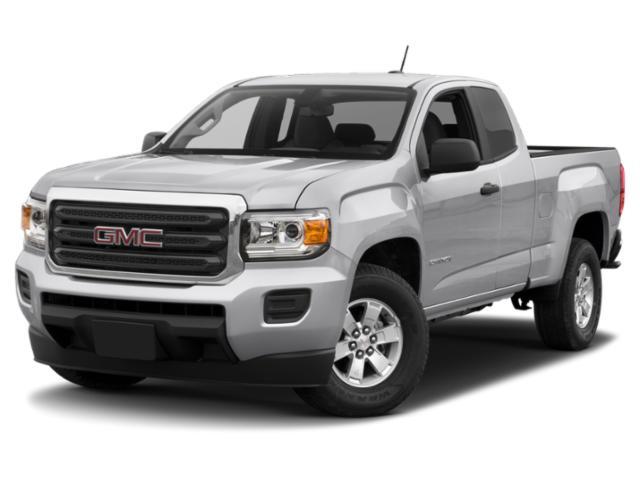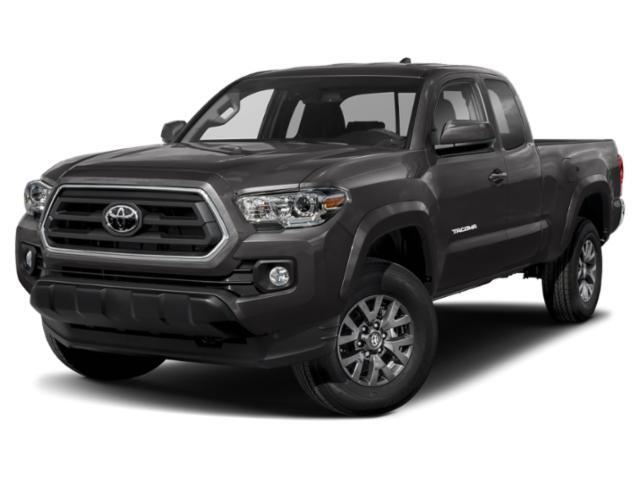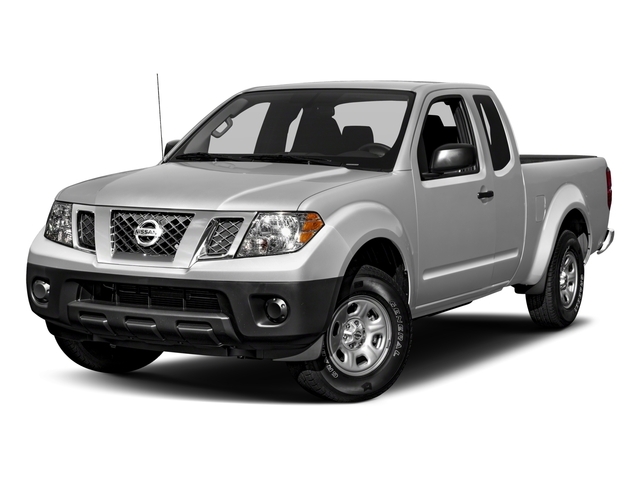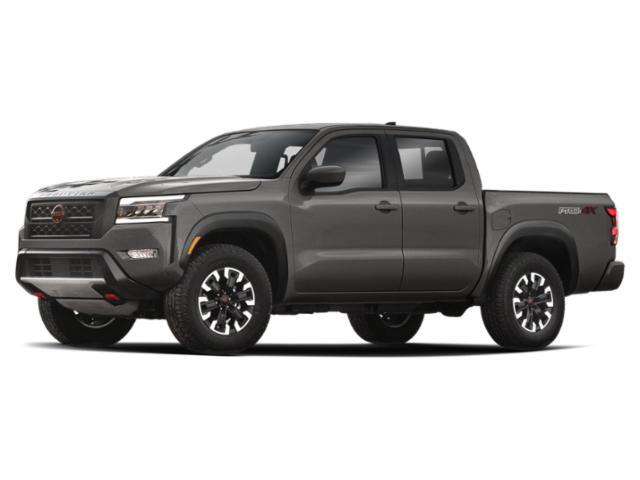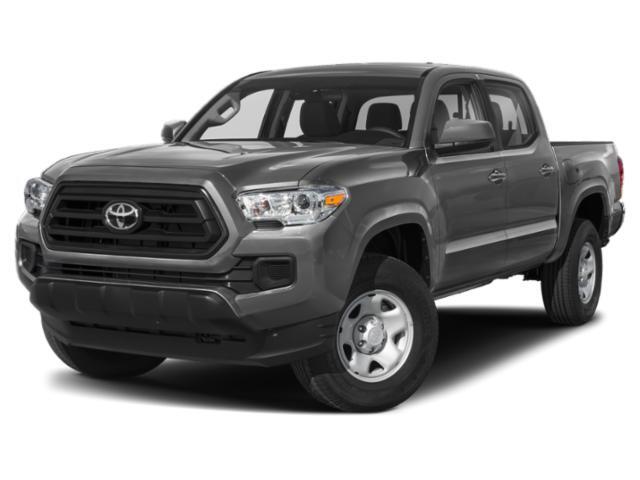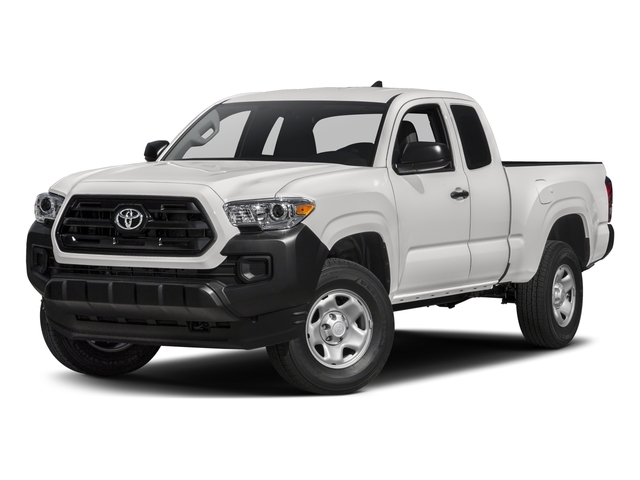
2019 Honda Ridgeline


Key Specifications for 2019 Honda Ridgeline






Buyer’s Guide
Back in the 1970s, when the Civic was all Honda was about, few would have guessed the Japanese brand would one day sell a pickup truck. And yet, here we are in the 14th year of our Ridgeline, a truck whose 2005 introduction predated the current push on mid-size pickups by about a decade.
Ridgeline competes with the popular Chevrolet Colorado and GMC Canyon, as well as the Toyota Tacoma and Nissan Frontier. And, soon, all of these models will have a new competitor in the reborn Ford Ranger.
For 2019, the Ridgeline returns virtually unchanged, save for the loss of last year's entry-level LX trim. This time, the Sport is the bottom rung of the ladder.
Ridgeline rides on a chassis shared with the Honda Pilot crossover and is moved by the only pickup powertrain that is biased toward front-wheel drive rather than the rear axle. All Ridgeline models come standard with all-wheel drive, however.
But what Honda's truck lacks in towing and hauling capacity it gains back in unique features aimed at boosting everyday utility. Ridgeline's most notable features are its dual-hinged tailgate and a watertight trunk built into the cargo bed floor. You can also option this pickup with "exciters" that turn the cargo bed into a massive speaker so you can play DJ at the next tailgate party.
While critics blast the Ridgeline for that aforementioned lack of low-range 4WD gearing and below-average payload and towing capacity, the truth is this is more than enough truck for many truck owners.
Instead of calling it names, call the Ridgeline a comfortable vehicle that can tow nearly 2,300 kg and carry 713 kg worth of cargo in its bed all while going over the road with nearly the same car-like feel as the Pilot from which it borrows its underpinnings.
Ridgeline certainly lacks nothing in the power department, its 3.5L V6 easily keeping up with the competition with 280 hp and 262 lb-ft of torque. One of this truck’s fundamental differences compared to the Pilot is its exclusive use of a six-speed automatic transmission instead of Honda’s newer nine-speed.
Honda’s long experience in building fuel-efficient vehicles helped it create a truck that’s among the thriftiest in the market, with estimates of 12.8/9.5 L/100 km (city/highway) that only competitors with four-cylinder and light-duty diesel engines can beat.
With the loss of the LX, there are four Ridgeline trims remaining: Sport, EX-L, Touring and Black Edition.
Starting standing kit includes niceties like passive keyless entry, 18-inch aluminum wheels, heated front seats, 8.0-inch display audio with Android Auto and Apple CarPlay smartphone integration and a multi-angle backup camera.
Also standard across the line are the active safety features marketed as Honda Sensing in its other models. Those include automatic emergency braking with forward collision warning, lane keep assist with lane departure warning and road departure mitigation and adaptive cruise control. Safety extras include automatic high beams, blind spot monitor and rear cross-traffic alert.
As you work your way up the trim ladder, Honda adds upscale features like heated rear seats and steering wheel, leather upholstery, ventilated front seats and a three-zone climate control system.
Review & Compare:
Photos

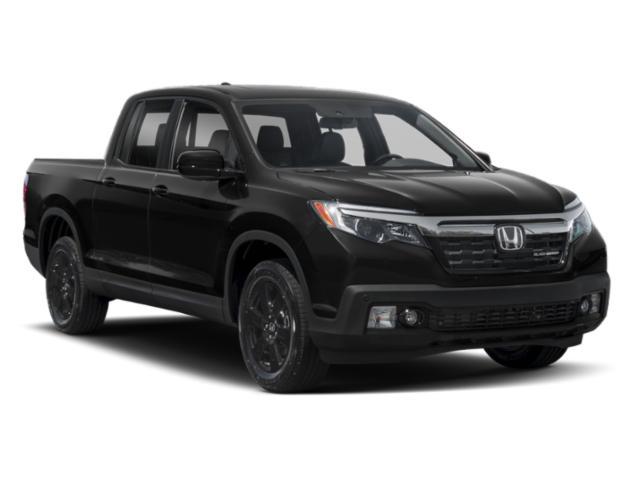
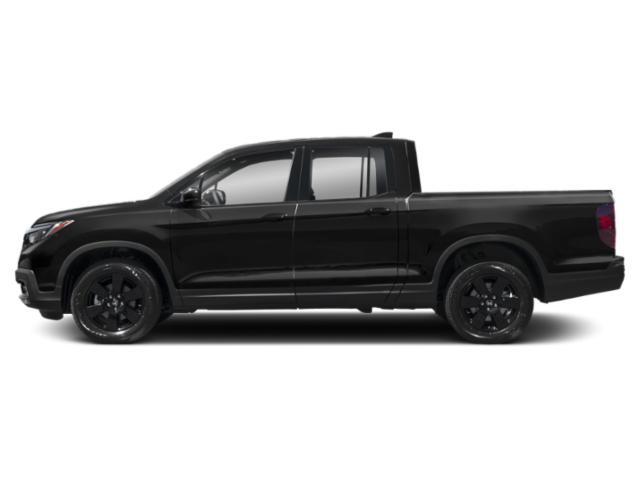


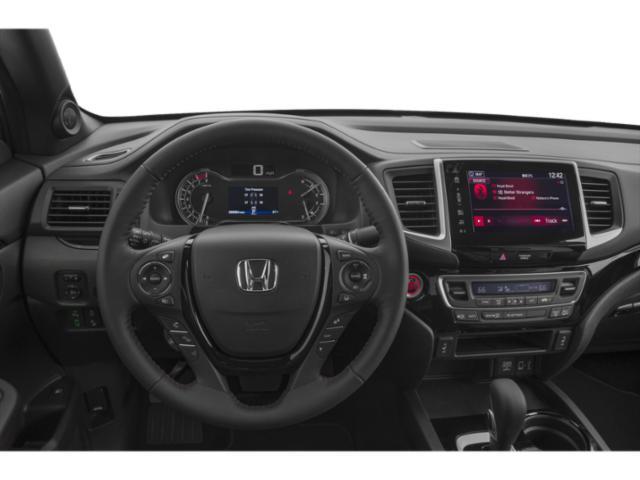
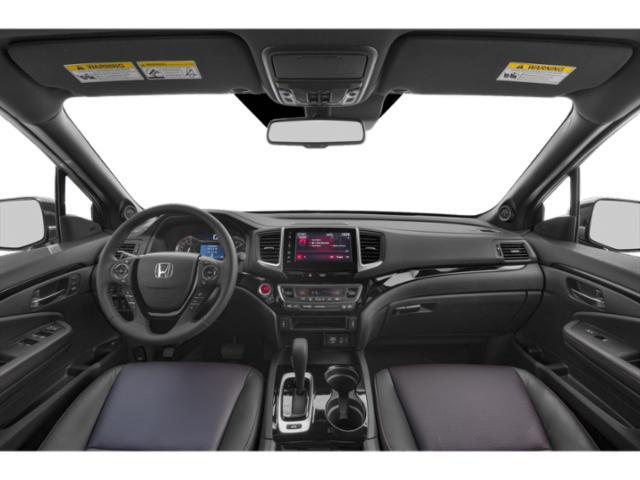
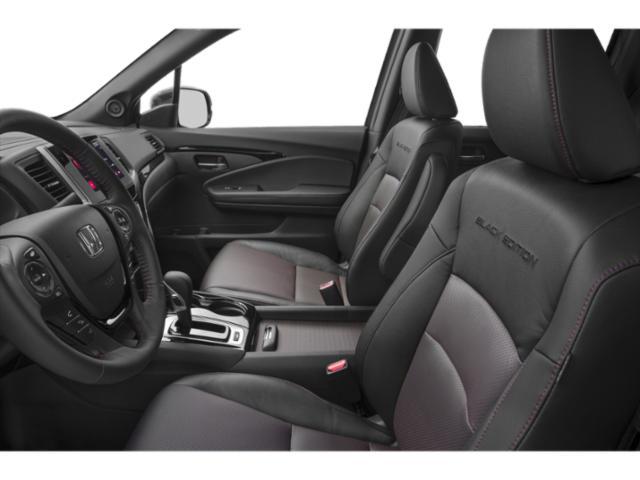
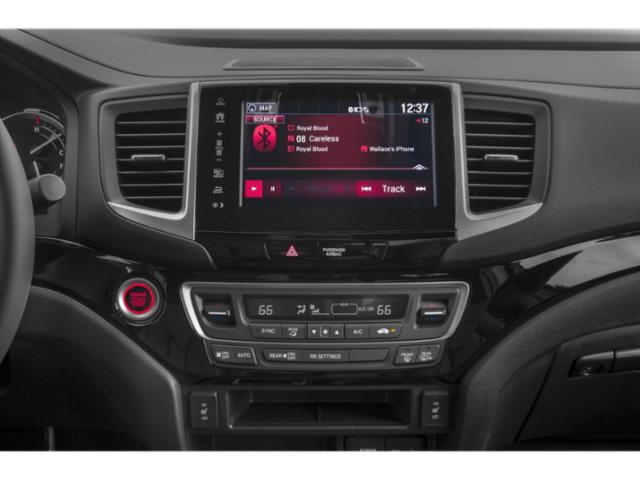
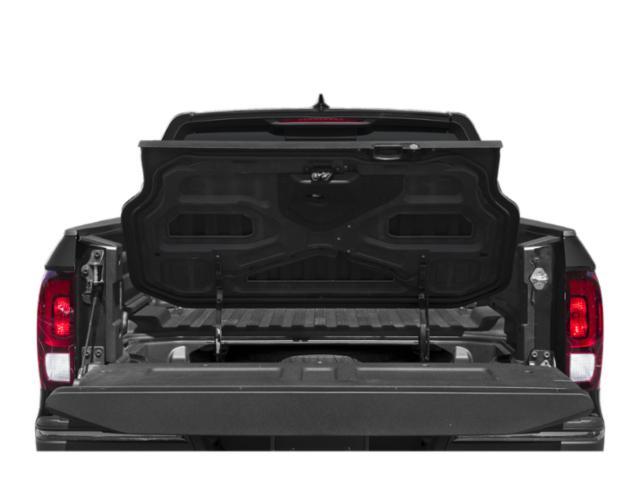
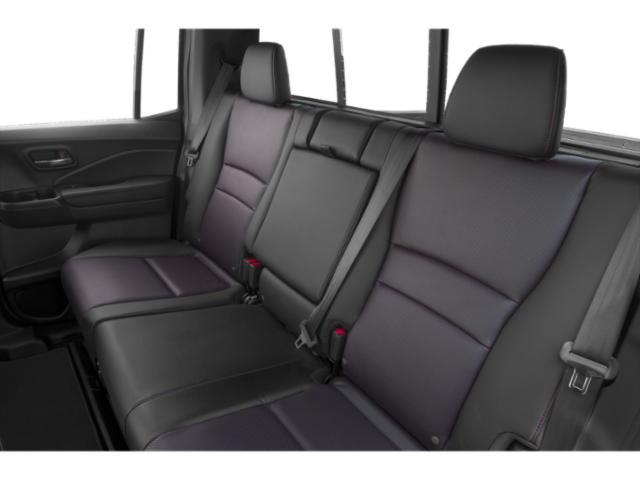
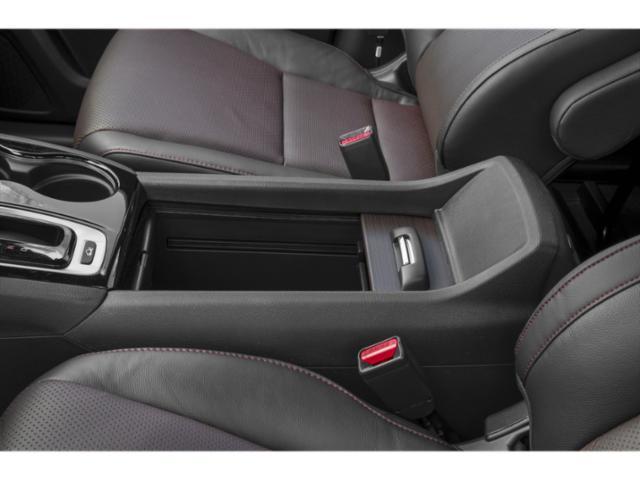
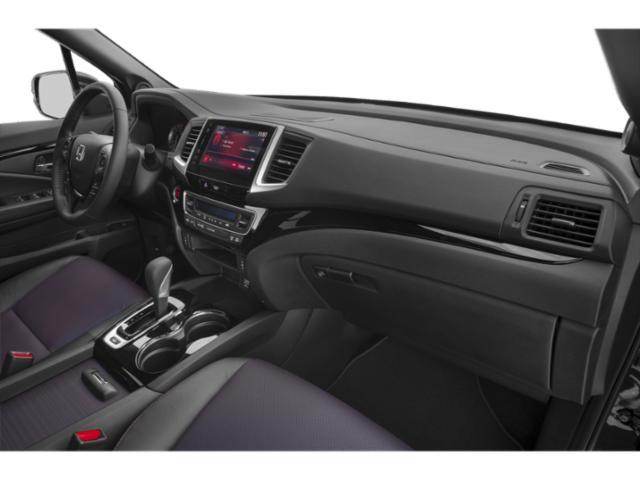















AutoTrader Review





